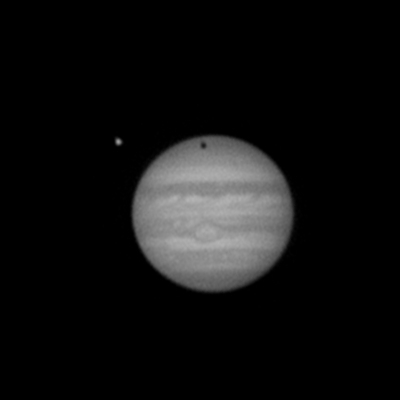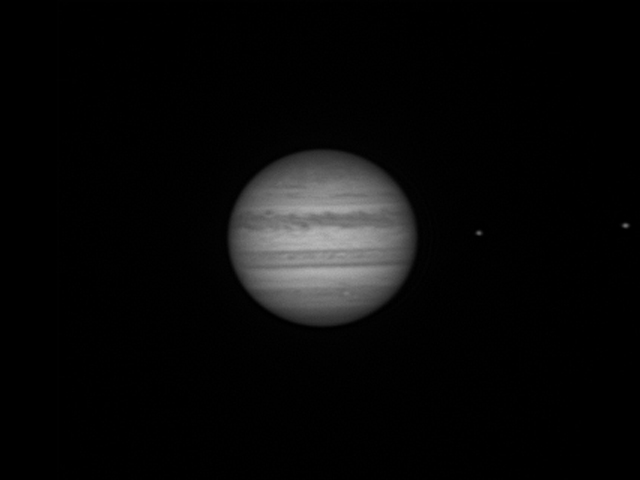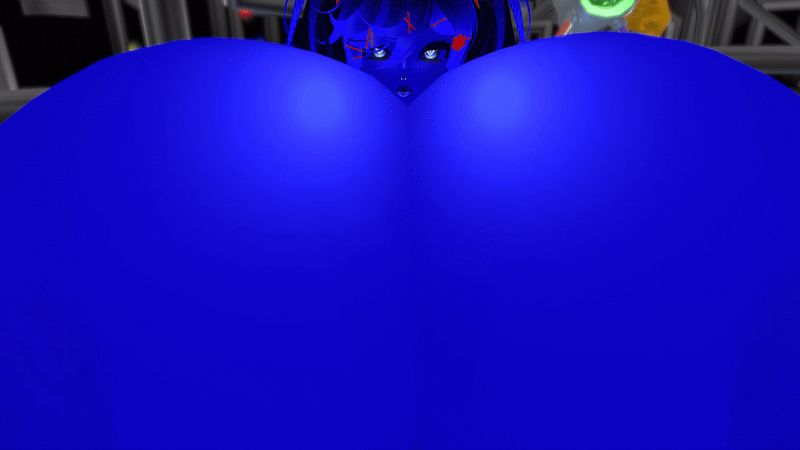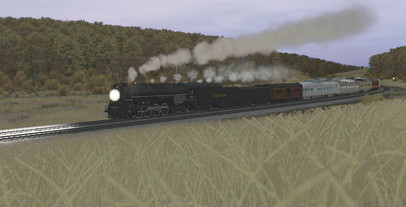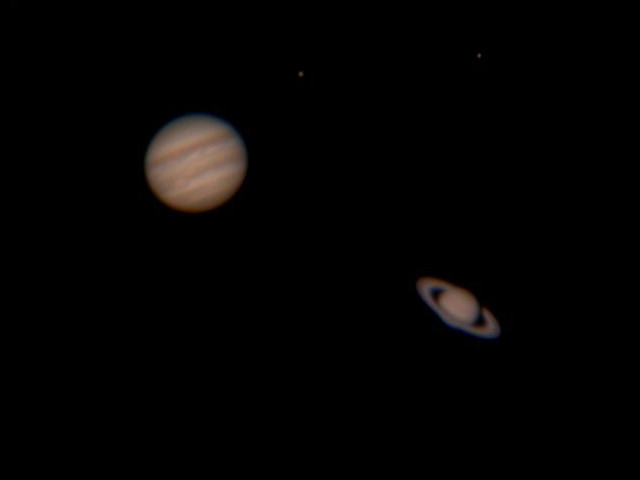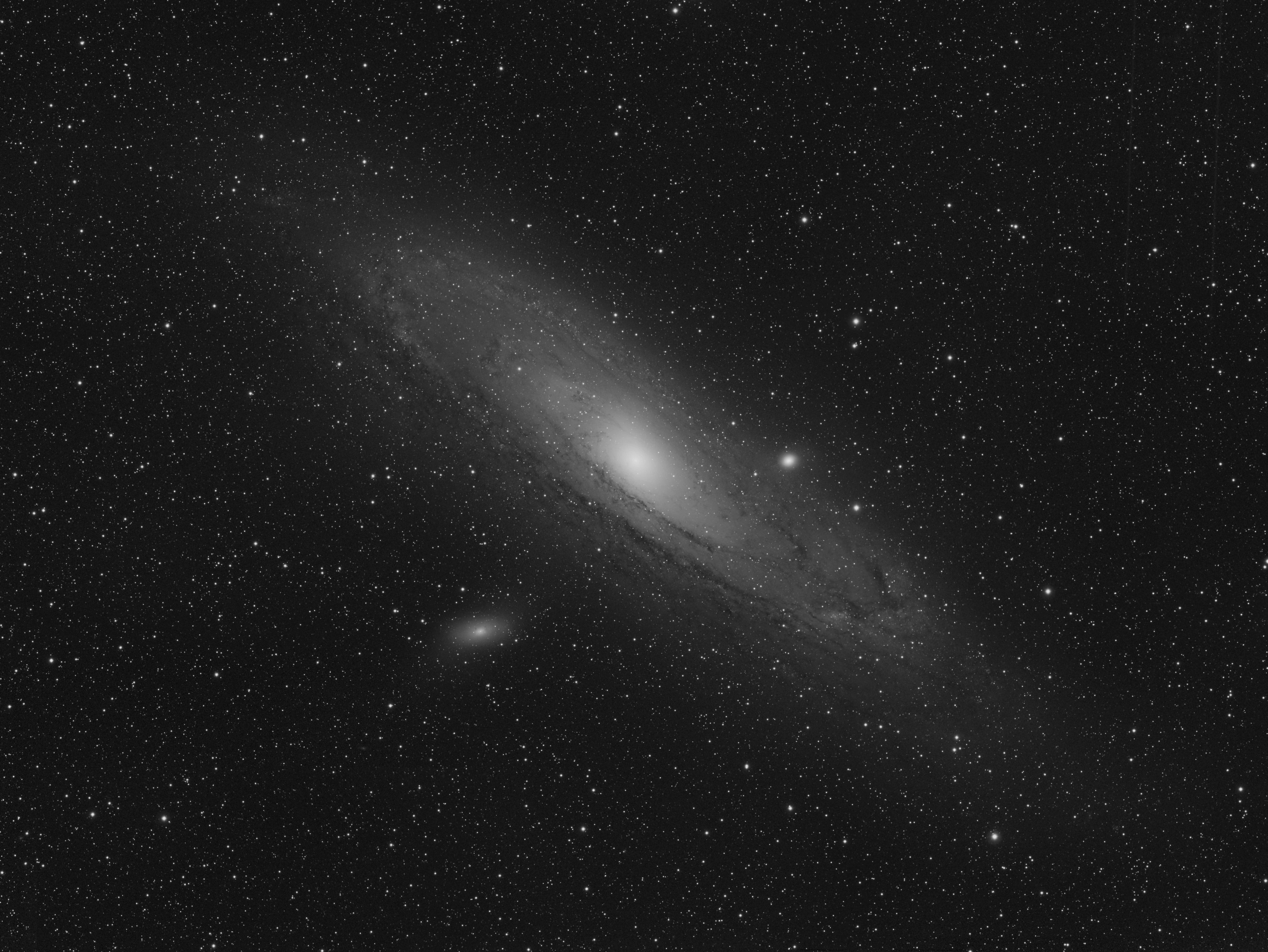HOME | DD
 Chrissyo — The Solar System to scale
Chrissyo — The Solar System to scale

Published: 2008-11-24 14:44:04 +0000 UTC; Views: 3223; Favourites: 27; Downloads: 61
Redirect to original
Description
I’ve been meaning to put this image together for a while now. These sorts of images seem to be fairly popular, so I thought it might be fun to make one with my own captures.So as you can probably tell, it’s a scale model of our solar system. It might not be instantly recognisable but I’ve actually scaled the size of the planets and the distances between the planets. They’re not to the same scale though – I’ve scaled it so the planets are about 2500 times too large. That’s assuming I’ve got my maths correct.
The image begins where the black starts to the left of Mercury – that’s where the centre of the Sun would be. We then have Mercury, Venus, the Moon, Mars, Jupiter, Saturn, Uranus and Neptune. For completeness, I’ll list the planetary sizes/distances I used at the end of this image description.
You may notice that the Earth is missing from this picture. The reason for this is because I’ve not imaged the Earth as a planet, obviously. So I put the Moon in its place. If you want an idea of how big the Earth is, it’s almost exactly the same size as Venus.
I originally planned to include the Sun in this image, but at the scales I chose it would have extended out past Saturn. The Sun is big.
To be honest, I’m not too happy with how the image turned out overall. Because of the large difference in size between the terrestrial planets and gas giants, I had to blow my Saturn image up by quite a bit. So, Saturn doesn’t look so crash hot. Similarly, I had to scale up Uranus and Neptune. However, because they weren’t much more than coloured blobs in the images I took of them, they didn’t look so good. So I cleaned them up a bit. It makes them stick out as a bit ‘artificial’ but at least they don’t look like squished bugs anymore.





Chances are I’ll keep updating this image over time as I get larger/better images of the planets.
The data I used, with rounding (mostly from Wikipedia, the most reliable source of information on the internet




 ):
):Planet : Radius (km) : Distance (AU)
Mercury : 2440 : 0.35
Venus : 6050 : 0.7
The Moon : 1740 : 1
Mars : 3400 : 1.5
Jupiter : 71500 : 5
Saturn : 60270 : 10
Uranus: 25560 : 20
Neptune: 24760 : 30
Related content
Comments: 15

I have a 10" Newtonian.
👍: 0 ⏩: 1

shit.
i just got a Zhumell 10inch dobsonian.
Although I havent really had a good chance to use it due to the weather. this weekend it supposed to be clear though. I REALLY wanna see Mars and Juiter through it.
👍: 0 ⏩: 0

Nice, I like how Mars looks on this composite.
Although You forgot about one particular object
Ceres - a dwarf planet
👍: 0 ⏩: 1

that is very cool man!
Jupiter seems a tad bit out of focus though.
You don't need to fit in the entire Sun, obviously it'd be too big. But how about a tiny bit? A small sector sticking out from the edge of the frame?
Looking forward to the updates!
👍: 0 ⏩: 1

Yeah, Jupiter looks a bit different to the others because it's the only planet in this image that was taken with my new gear. It was taken at pretty much the limits of my telescope/equipment (5X Powermate) I also had to expand it a bit to make it the right scale, that doesn't help make it look sharper. 
For the Sun, I was planning on just having a sliver of it visible, but I decided against it because I really wanted to portray the distances and sizes correctly. I was going to expand the distance scale out to fit the Sun in, but that just makes the image way too big. That said, I have an idea in my head for a future update where I'm thinking I could have the Sun partially transparent in the background with the planet's on top of it. I'm not sure how it would look, but it might be worth a shot.
👍: 0 ⏩: 1

Yeah that sounds like an idea worth trying for. Maybe you could sneak in a sun-spot or two. How about getting a picture of Ceres or something? Galilean moons perhaps.
Forget about critics and whiners who can't take big images. I'm just a detail-hungry guy I guess haha..
👍: 0 ⏩: 1

The picture of the Sun I was playing around with did have a (small) sunspot on it. It didn't really do too much good though, because in order to get the Sun to the right scale I had to enlarge it majorly. It kinda worked OK though, because apart from the sunspot there isn't much 'detail' to wreck.
Hmmm, I did consider putting some of my images of Jupiter's moons in, but I'm not hugely happy with them at the moment. But they'd be a fun future addition. I haven't imaged Ceres yet, though I have caught Vesta. I also considered adding it, but I decided against it because I didn't resolve it as a disk in the image. So it would literally just be a blob... but I guess it would only be pretty small in this image anyway...
Haha I have lots to think about
👍: 0 ⏩: 0

Cracking work mate!! 
👍: 0 ⏩: 1

Hmm, by volume you probably could cram them all into Jupiter. I'm not overly sure though.
👍: 0 ⏩: 0

Ahh cool! I did one of these in 3D a few years ago. I should upload it.
👍: 0 ⏩: 0


